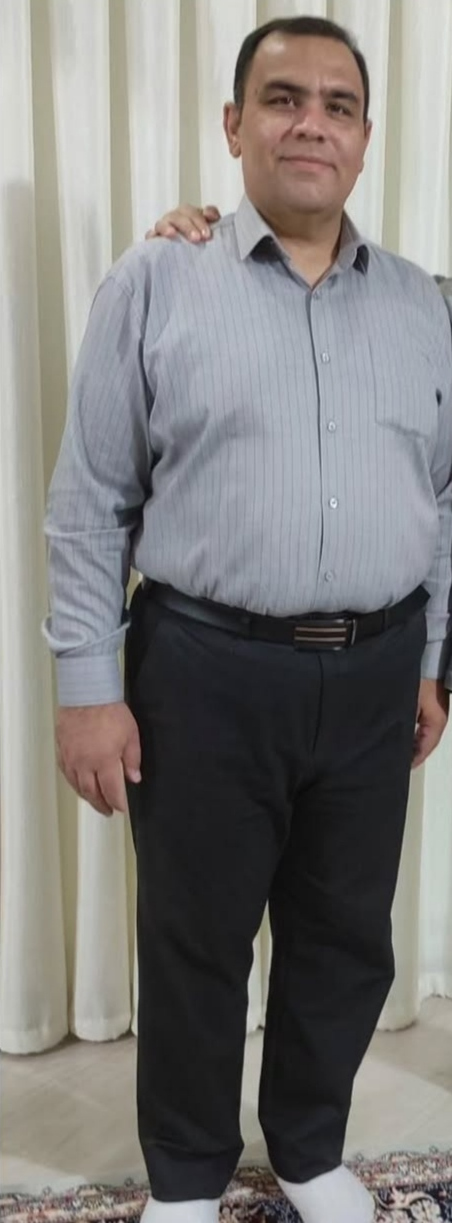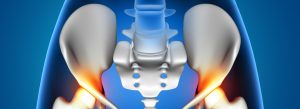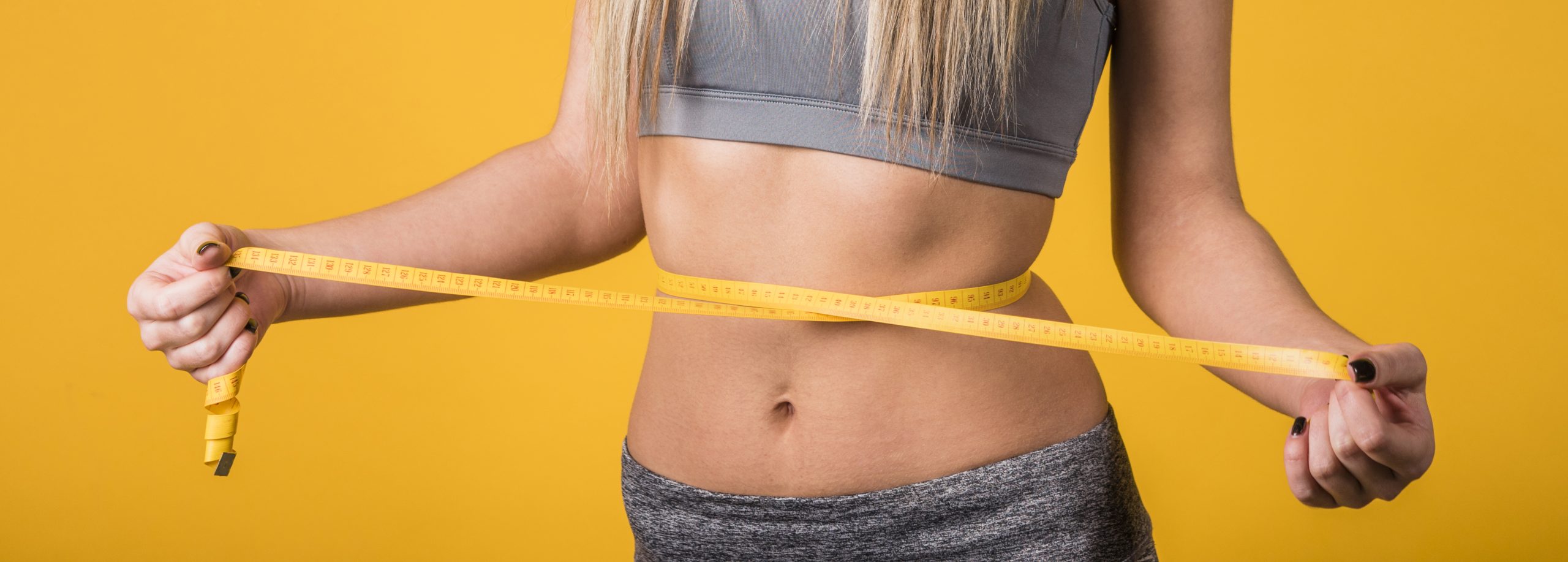Jump To:
Fast Facts
- Approximate Length of Stay: 2 Days
- Hospital Stay: No
- Operation Duration: 30 - 60 Minutes
- Recovery Period: 3 Days

Gastric Balloon
The “Gastric Balloon”, or “Intragastric Balloon”, is a non-surgical, temporary weight-loss procedure that involves placing a balloon in the stomach to reduce hunger and help control portion sizes. It’s a popular option for people looking for a less invasive weight-loss method than traditional bariatric surgeries, like “Gastric Bypass” or “Sleeve Gastrectomy”.
How the Gastric Balloon Works
A soft, silicone balloon is inserted into the stomach through the mouth using an endoscope (a flexible tube with a camera). The procedure is usually performed under mild sedation and typically takes 20-30 minutes. Once in place, the balloon is filled with a saline solution until it reaches about the size of a grapefruit, taking up space in the stomach.
By occupying space in the stomach, the balloon:
- Limits the amount of food that can be comfortably eaten at one time.
- Slows gastric emptying, helping patients feel full longer and reducing their hunger.
The balloon typically stays in place for 6-12 months and is then removed using a similar endoscopic procedure.
Benefits of the Gastric Balloon
- Non-Surgical: Unlike other weight-loss surgeries, the gastric balloon doesn’t involve any cutting or altering of the stomach or intestines.
- Short Procedure and Quick Recovery: Placement of the balloon is quick, and most patients can go home the same day. There’s also little to no downtime, allowing patients to return to normal activities within a day or two.
- Moderate Weight Loss: Many patients lose around 10-15% of their total body weight over the 6-12 months the balloon is in place, which can improve obesity-related health conditions like high blood pressure, diabetes, and sleep apnea.
- Temporary: The balloon is removed after a set period, making it a good option for patients who want a temporary weight-loss aid to kickstart their journey.
Risks and Potential Complications
The gastric balloon procedure is generally safe, but there are potential risks and side effects:
- Nausea and Vomiting: Many patients experience nausea, vomiting, or stomach discomfort in the first few days after balloon placement as the body adjusts.
- Acid Reflux and Bloating: The balloon can increase the likelihood of acid reflux, gas, and bloating.
- Balloon Deflation: In rare cases, the balloon may deflate on its own, which could cause it to move into the intestines and potentially cause a blockage, requiring surgical removal.
- Ulcers and Gastritis: The balloon can irritate the stomach lining, causing inflammation or, in rare cases, ulcers.
- Weight Regain: Since the balloon is a temporary aid, some patients may regain weight once it’s removed if they don’t maintain dietary and lifestyle changes.
Recovery and Lifestyle Changes
Recovery from a gastric balloon placement is typically quick, but lifestyle changes are essential for success:
- Dietary Adjustments: Patients begin with a liquid diet for the first few days, progressing to soft foods, and then solid foods. Eating small, nutrient-dense meals is key to avoiding discomfort and maximizing the effectiveness of the balloon.
- Exercise: Regular physical activity is important for sustained weight loss. Starting with light activities and gradually increasing intensity can help maximize weight loss results.
- Lifestyle and Behavioral Counseling: Many patients work with dietitians, counselors, or support groups to build healthy habits and learn how to maintain weight loss after balloon removal.
- Avoiding Trigger Foods: Sugary, fatty, or fried foods can increase the risk of discomfort and acid reflux.
Who is a Good Candidate?
The gastric balloon may be a good option for individuals who:
- Have a BMI between 30 and 40 and are looking for a moderate weight-loss solution.
- Have been unable to lose weight with diet and exercise alone.
- Prefer a non-surgical, temporary weight-loss procedure.
- Are willing to make lifestyle changes and follow a supervised weight-loss program.
The gastric balloon may also be used to help patients lose weight in preparation for more invasive weight-loss surgery, reducing surgical risks.
Long-Term Outcomes
While the gastric balloon can lead to moderate weight loss, maintaining those results depends on the patient’s commitment to lifestyle changes. Once the balloon is removed, some patients may experience weight regain if they return to previous eating habits. Many patients find success when they use the gastric balloon as a stepping stone toward building healthy habits and achieving sustainable weight loss.
Gastric Balloon is a minimally invasive, effective option for short-term weight loss and can be a helpful tool for individuals who want to jumpstart their weight-loss journey without surgery. However, for lasting success, patients need to follow a balanced diet, stay active, and adopt healthy behaviors even after the balloon is removed. SHIFA helps you choose the right weight loss method and coordinate with the best weight loss surgeons in Iran.
Compare Before and After Images


Gastric Balloon
Frequently Asked
Questions
Can a body reject Gastric Balloon?
The body does not typically reject a Gastric Balloon, but complications such as deflation or migration can occur. It is important to follow guidelines, attend follow-up appointments, and report any concerns to your healthcare professional.
Can you eat normally with a Gastric Balloon?
While a Gastric Balloon can help with portion control, it does not restrict your ability to eat normally. However, you may need to adjust to feelings of fullness with smaller meals and follow dietary guidelines provided by your healthcare professional.
:Is Gastric Balloon painful?
Pain and nausea affect about one-third of people soon after insertion of an intragastric balloon. However, these symptoms usually only last for a few days after balloon placement. Although rare, serious side effects may occur after intragastric balloon placement.
Why choose SHIFA for Weight Loss Surgery?
SHIFA provides all slimming services and stomach surgeries using expert doctors in well-equipped hospitals in the shortest possible time .We will be with you in all stages of treatment.
SHIFA's Departments
Related Services
Featured Services

Gynecomastia Surgery
“Gynecomastia Surgery”, also known as “Male Breast Reduction”, is a surgical procedure designed to reduce the size of enlarged male

Facial Botox Injections
“Facial Botox injections” are a popular non-surgical cosmetic procedure used to reduce the appearance of facial wrinkles and fine lines.

Total Hip Replacement ( Total Hip Arthroplasty )
“Total Hip Arthroplasty” (THA), commonly known as a “Total Hip Replacement”, is a surgical procedure where a damaged or diseased

Endodontics
“Endodontics” is a specialized branch of dentistry that focuses on the diagnosis, treatment, and prevention of diseases and injuries related
Our Blog Articles
- mehdi.mhj@gmail.com
Doccure – Making your clinic painless visit?
Explore the benefits & challenges of virtual healthcare appointments, along with tips for making good...
Read More- mehdi.mhj@gmail.com
Benefits of Consulting With an Online Doctor
Uncover strategies to achieve a harmonious balance between professional and personal well-being....
Read More- mehdi.mhj@gmail.com
What are the benefits of online doctor booking
Explore importance of quality sleep & learn tips to improve your sleep, ensuring raise-up refreshed...
Read More- mehdi.mhj@gmail.com
5 Great reasons to use an online doctor to choose
Delve into the impact of digital life on mental health & discover practical strategies to...
Read More





Comments are closed.